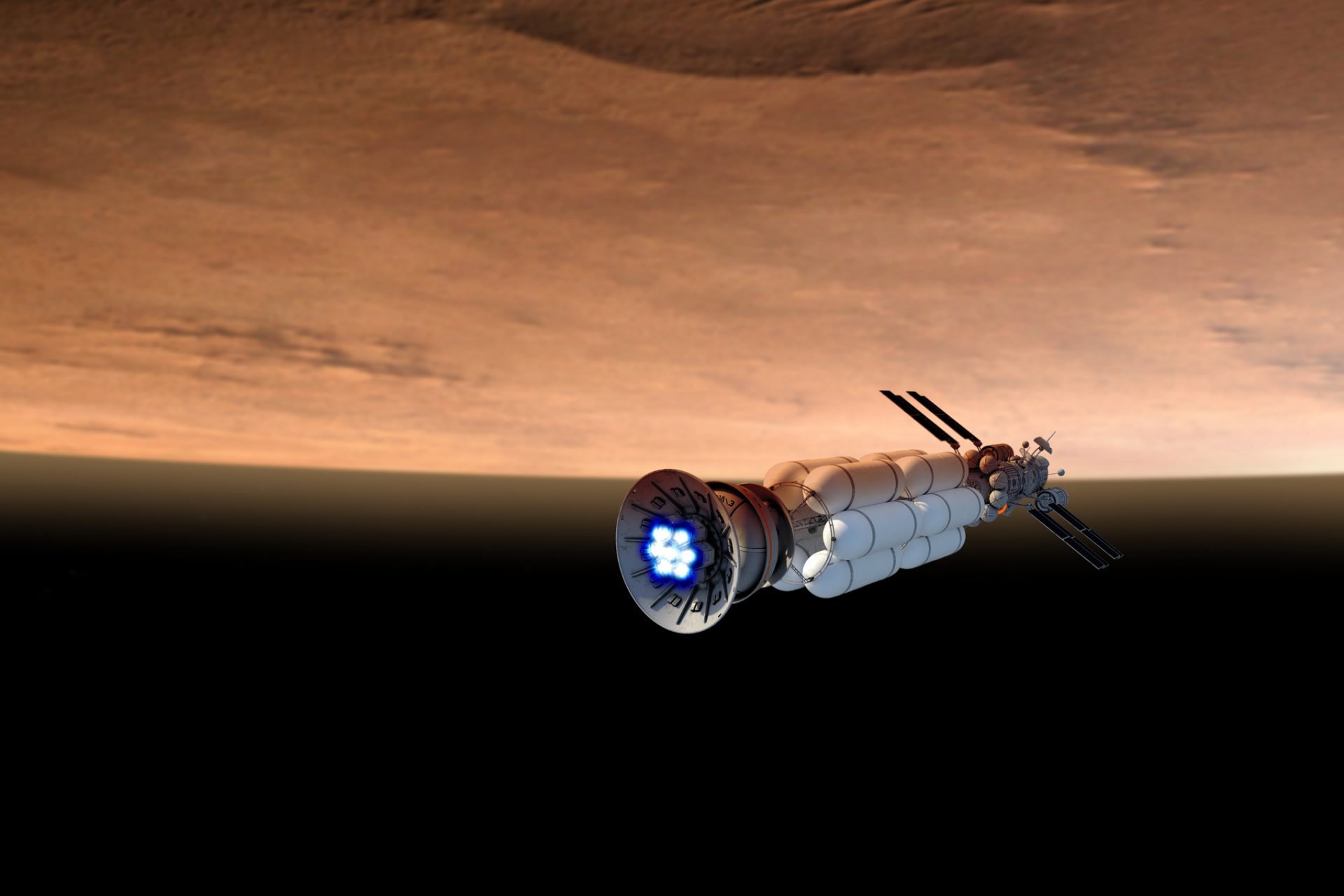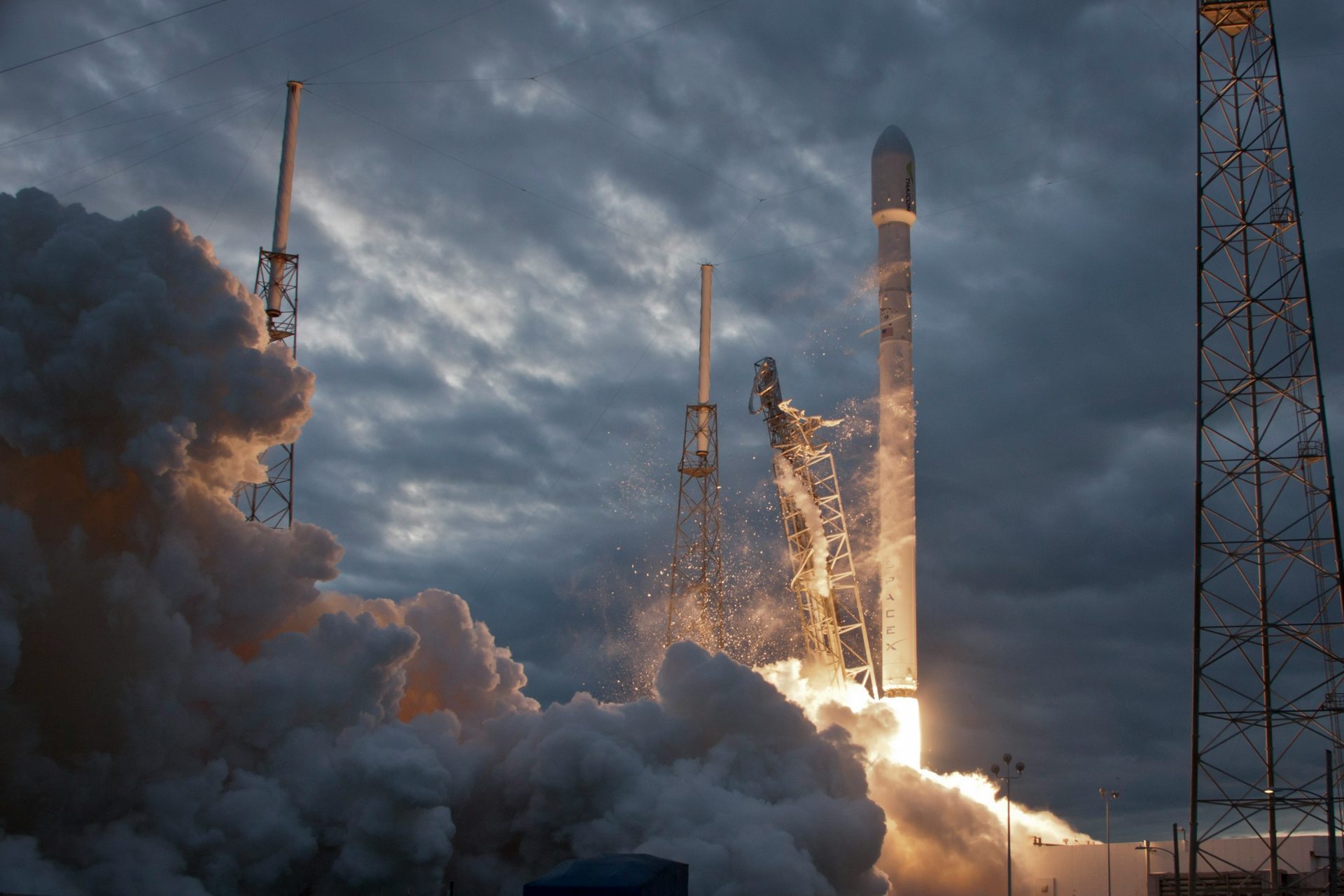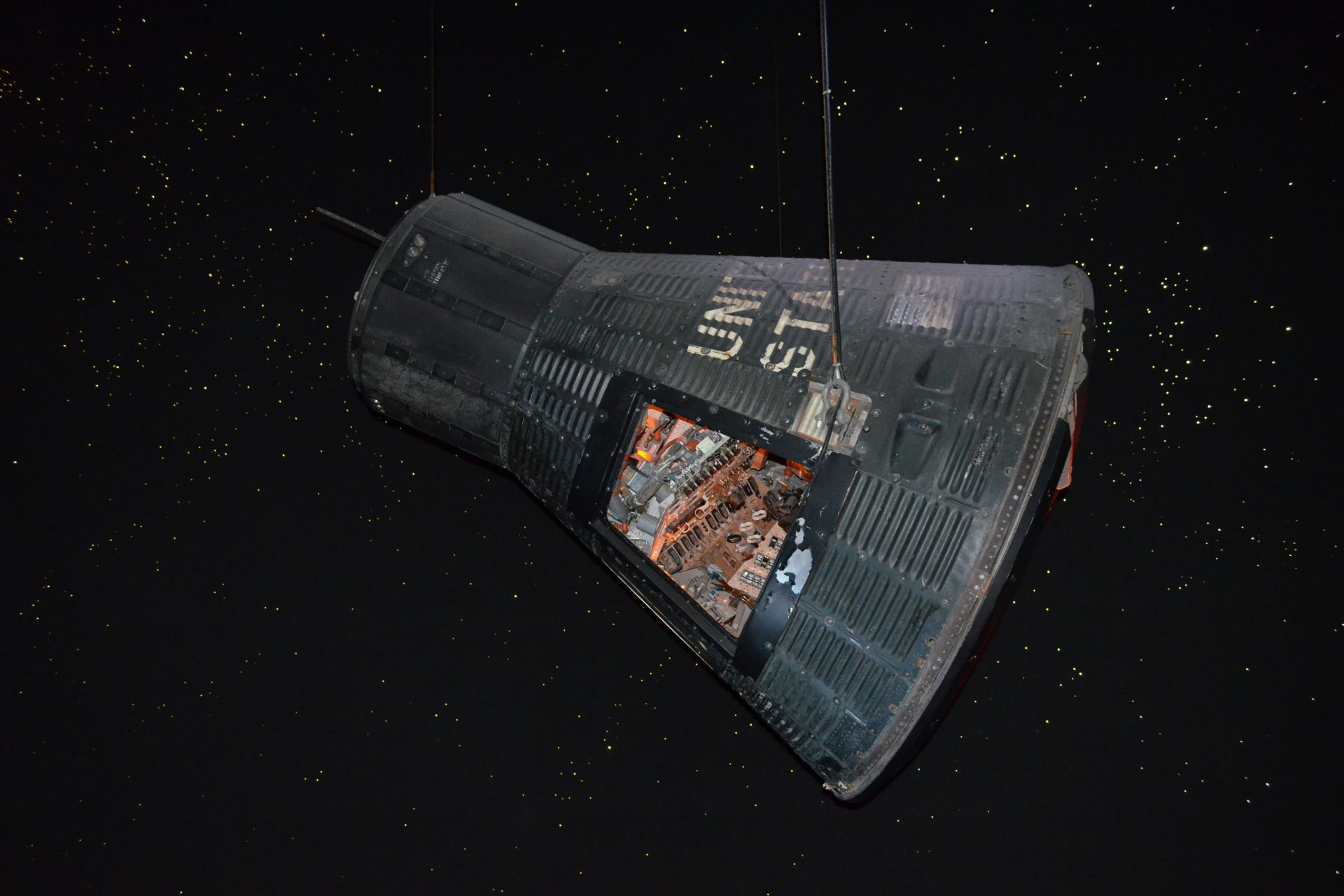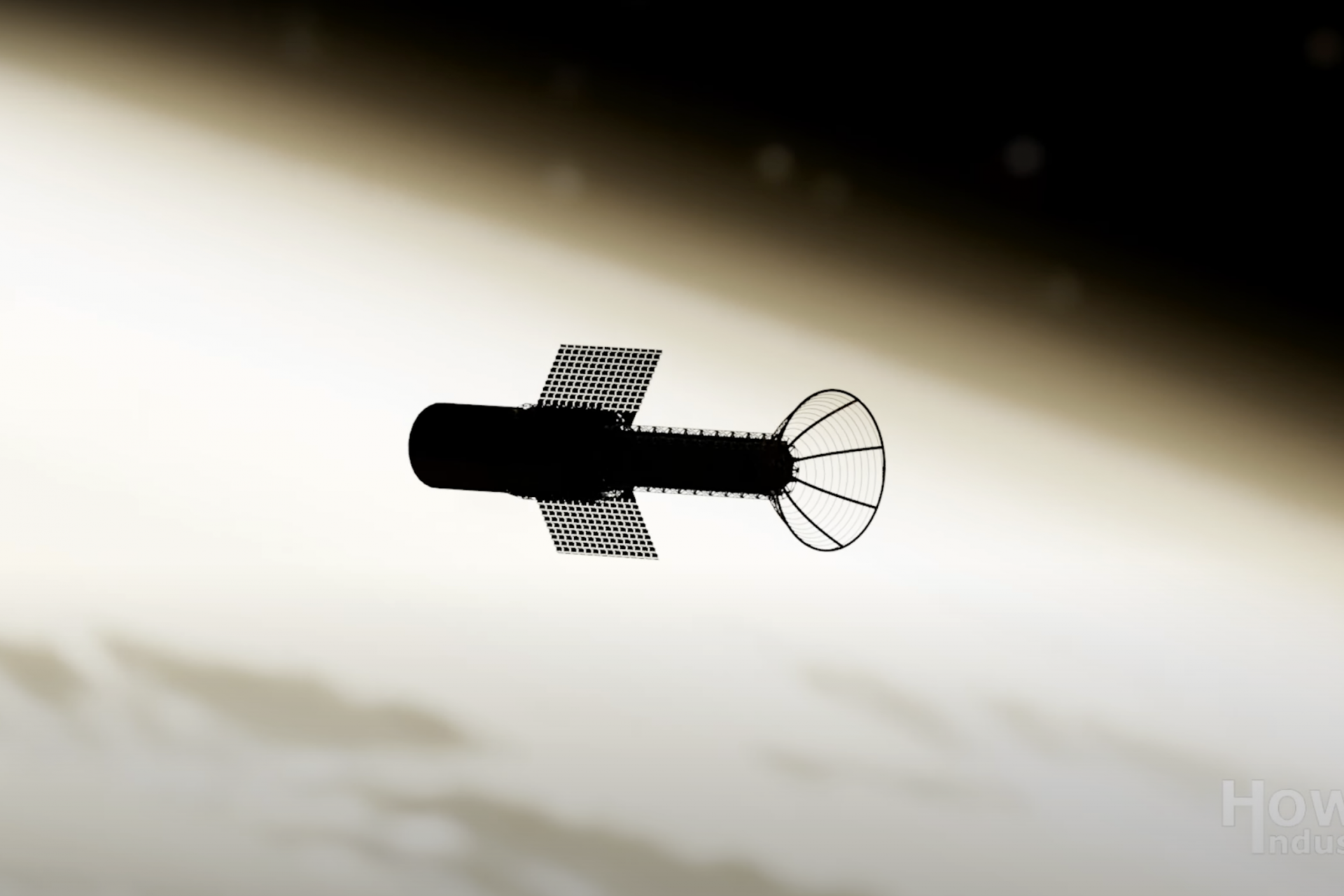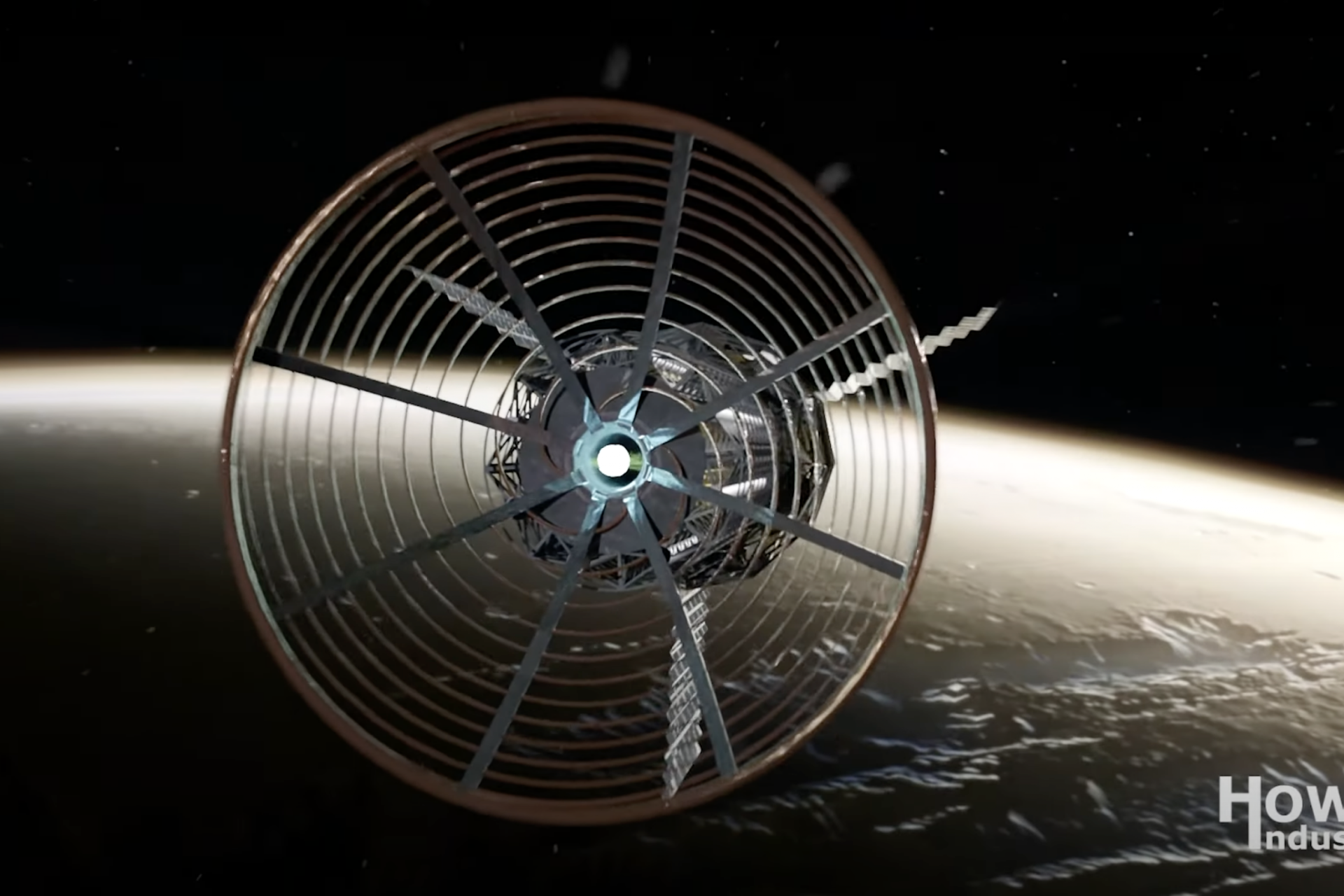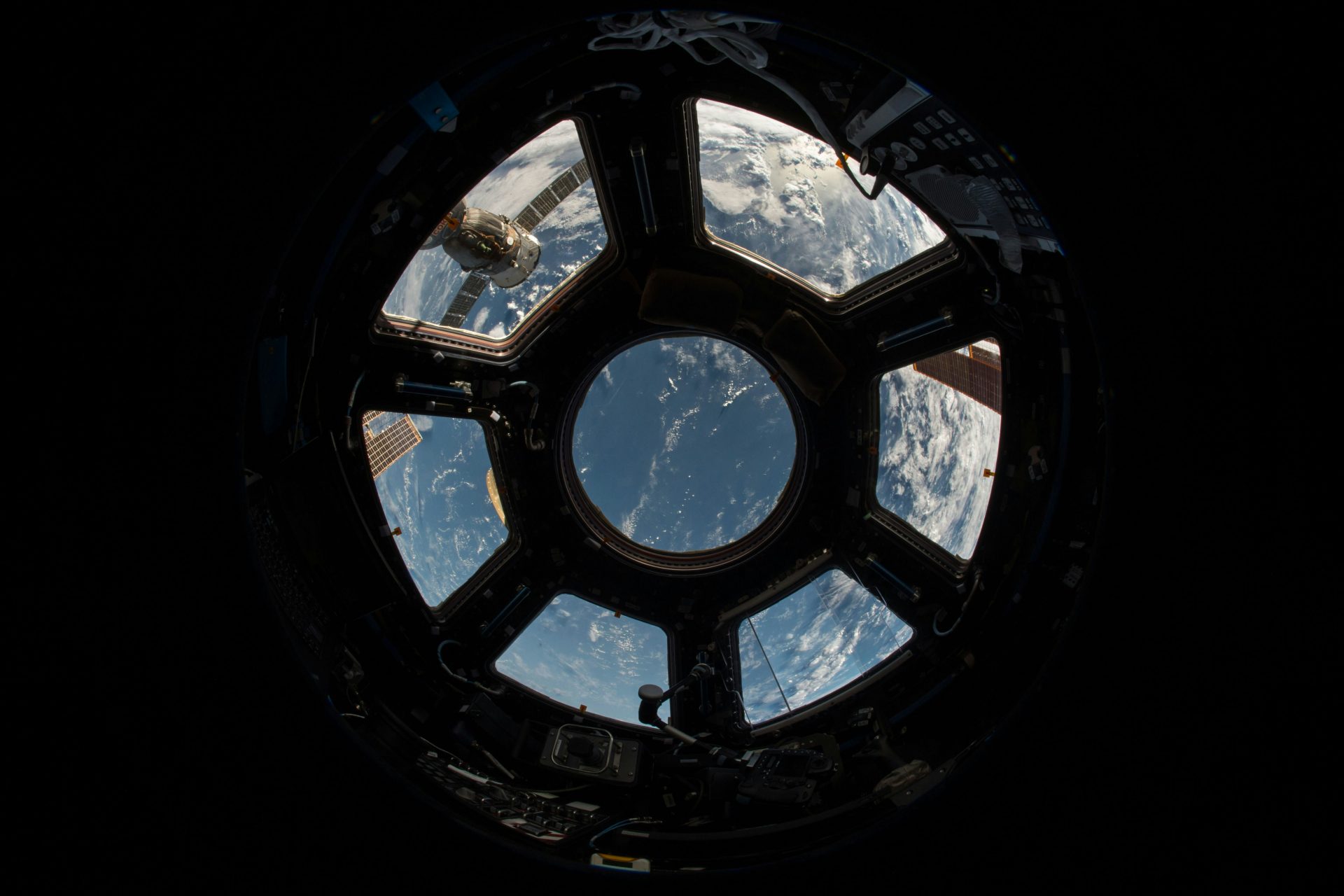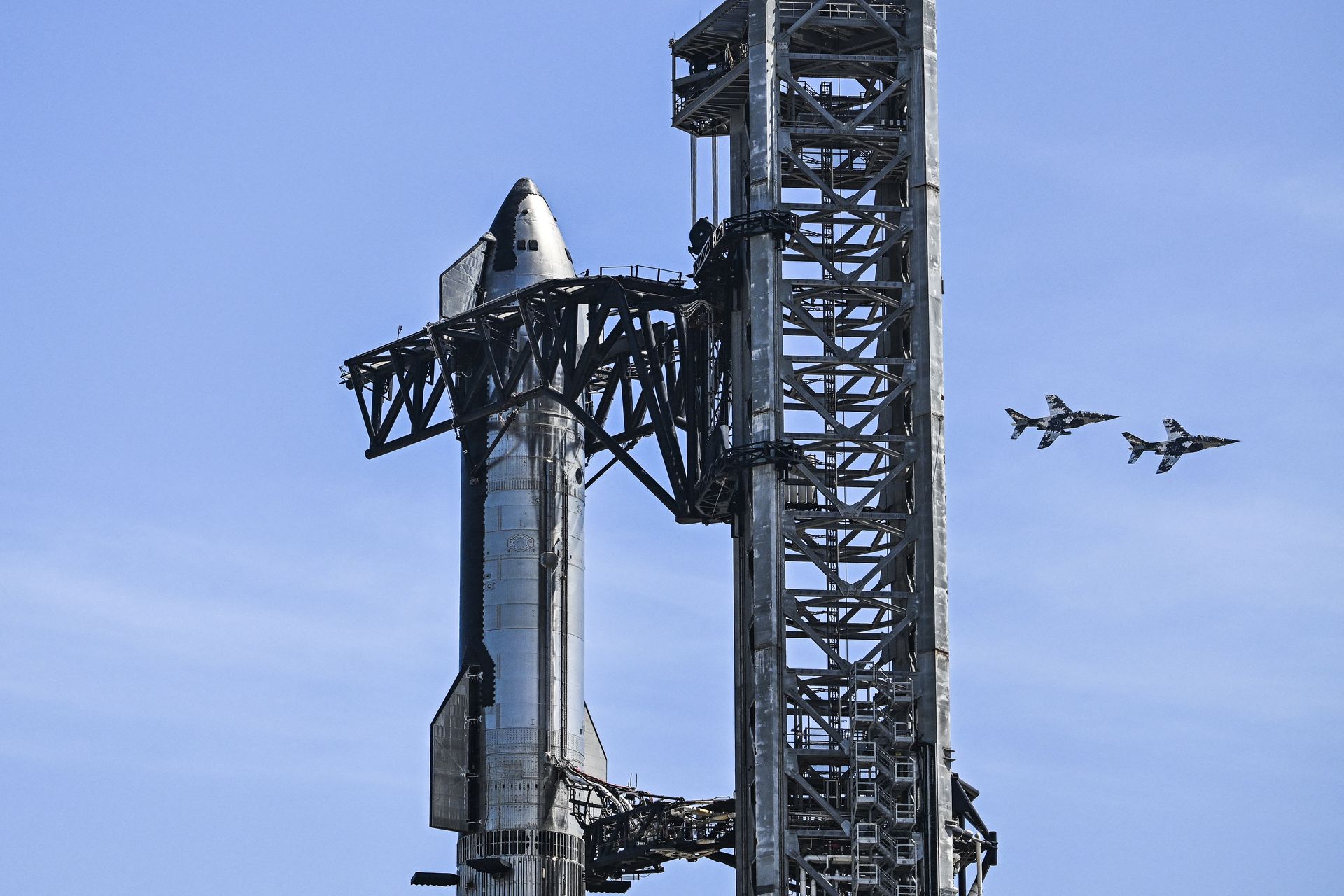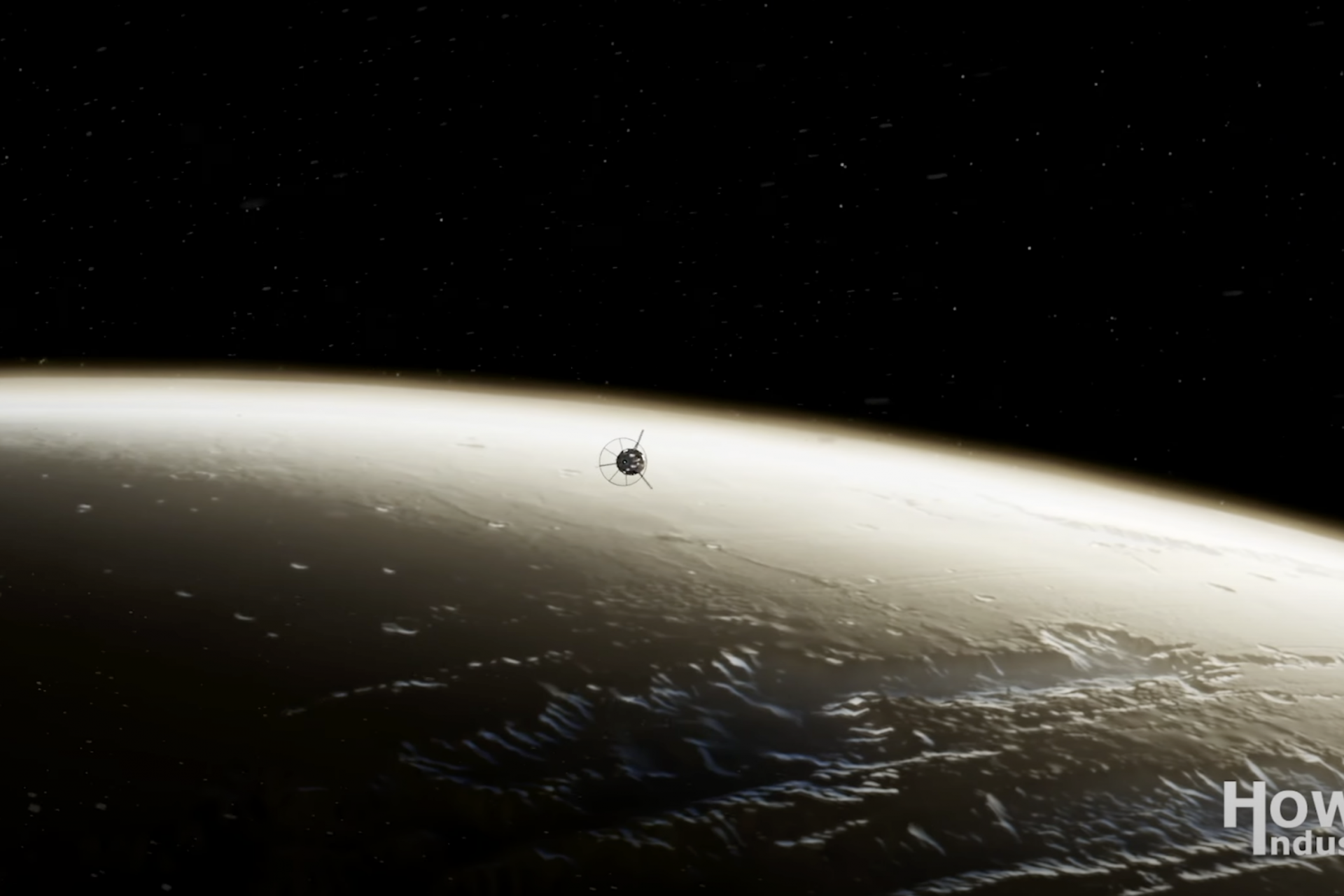Could this revolutionary rocket design change spaceflight forever?
Modern society may dream of becoming a spacefaring civilization but we currently don't have a solution for closing the vast distances between the Earth planet and other planets in our solar system. However, these issues could change quickly if Pulsed Plasma Rocket tech becomes a reality.
Moving both cargo and humans efficiently through space is a necessity for future space travel, and the key to closing the gap between large distances during travel is ensuring a spacecraft can reach a high velocity.
Photo by SpaceX on Unsplash
No technology at present can produce the type of high thrust that could cut down space transit times. However, Howe Industries is working on a solution that could someday be able to generate the thrust needed for fast travel.
Photo by Jeremy Straub on Unsplash
Known as the Pulsed Plasma Rocket, this novel concept originally was developed out of the Pulsed Fission Fusion concept, but the Pulsed Plasma Rocket is a lot smaller according to NASA a May 1st article on the new rocket project.
Photo: YouTube
The Pulsed Plasma Rocket (PPR) might be able to generate up to 100,000 newtons (N) of thrust with a specific impulse (ISP) of 5,000 someday according to NASA, which may not mean much to you but is extremely impressive.
Photo: YouTube
“The exceptional performance of the PPR, combining high Isp and high thrust, holds the potential to revolutionize space exploration,” wrote NASA’s Brianna Clements. Let’s look at a real-world example of how PPR technology could help us.
Photo by NASA on Unsplash
At present, a one-way trip to Mars would take a human-crewed ship about nine months according to Space.com. However, if the PPR from Howe Industries turns out to be viable, it could cut transit times to Mars down to just two months.
Even more importantly, the PPR would allow space agencies to send heavier spacecraft to their destinations. This is critical since ships could be fitted with the shielding needed to protect against Galactic Cosmic Ray.
The PPR could also enable missions much further than out into our solar systems, such as trips to the Asteroid Belt or even further, Clements noted. “The PPR enables a whole new era in space exploration.”
Howe Industries Pulsed Plasma Rocket is moving to Phase II of the NASA Innovative Advanced Concept (NIAC) during which the engine will be optimized to reduce mass and achieve higher Isp. Proof of concept for components and a shielding design for humans will also be implemented.
Photo: YouTube
More for you
Top Stories



